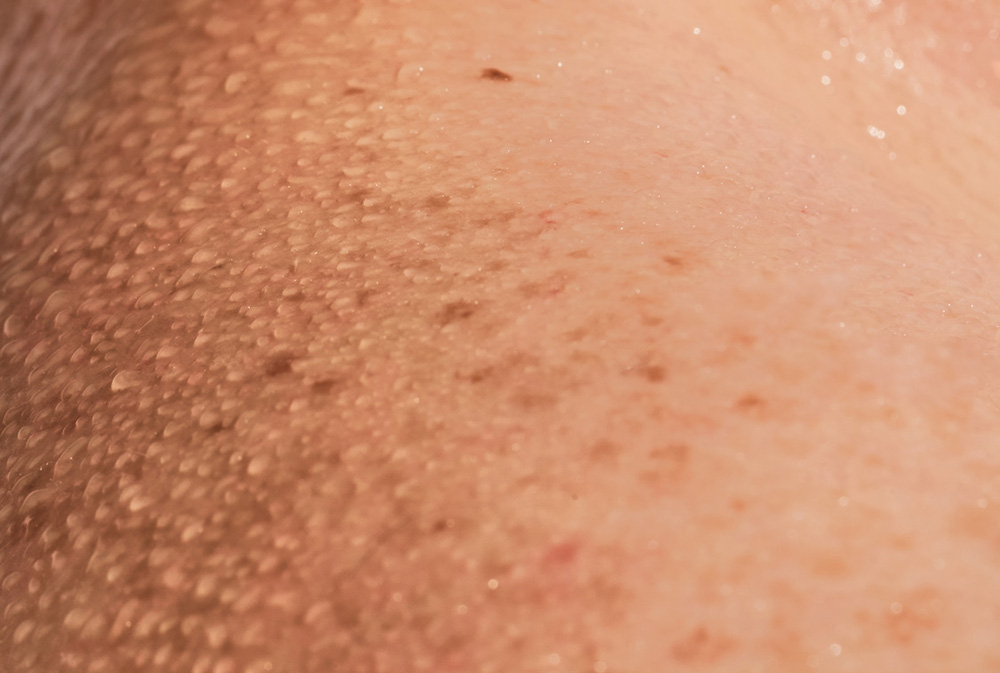
I think about skin all the time. It’s what I trained to do.
Whether one is a plastic surgeon or helps develop products that touch skin, turns out we all think about skin constantly whether we realize it or not.
We touch things with our skin. It protects us when we bump it. It itches, we scratch it, and we wash and clean it.
When it is happy – we can tell. There is no pain, it is smooth, with a rosy undertone. But when it is sad – it is very Dr. Seuss – itchy, scratchy, bumpy, frumpy – I do not like the skin I’m in.
Our skin is talking to us all the time. But what is it telling us? And are we listening?
In order to listen and better understand the skin, we first need to know more. Here are some fun facts:
-
Genetics and age play a role in skin health.
We can be born with skin conditions or conditions that affect our skin or the way our skin reacts to our environment. Or we can acquire a disease, trauma or treatments that repeatedly injure our skin.
-
It’s an organ.
Skin is our largest external organ and one of only two organs of body that we can see from the outside. The other: our eyes.
-
It’s one of our five senses: touch.
Touch also helps us identify pain, and pain is perceived differently from external versus internal organs and with different intensities based on anatomic location.
-
It acts as a barrier.
And in doing so it protects us and takes a beating. Skin has layers of cells and proteins, like brick and mortar that hold it together. On a basic level, it is a physical buffer but also prevents dehydration and infection. It responds to trauma by producing cytokines and factors to trigger an inflammatory and wound healing response.
The Skin Ecosystem
Like the gut, the skin has a living protective layer of bacteria — a microbiome. The microbiome of the gut and of the skin affects our immune system and thus our overall health.
Disruption of this ecosystem creates the opportunity for other inhabitants, good or bad, to move in. Science supports a link between our gut and skin (The Gut-Skin Axis). So, in many ways, we are what we eat.
For the gut, we commonly see this disruption after a bad stomach flu or antibiotic treatment that wipes out part of the gut habitat. For the skin, an imbalance of the microbiome may manifest as dry itchy, painful, or infected and broken skin.
Everyone is different, with a different baseline in multiple aspects. It also varies on different areas of the body. There is no one size fits all. Therefore, we need to better understand it and the options and choices of products to help maintain our skin microbiome. Dove, Aveeno and other cosmetic companies already advertise to us to think in this manner.
Happy skin = Healthy skin
Happy skin equates to healthy skin and overall good health. In today’s world, we think of our health in terms of balance and wellness. Therefore, we need to do the same for skin.
We need to take our present knowledge of the biology and science of skin, and find ways to maintain the balance, and if it is disrupted, find a way to help return it to its baseline original condition.
At 3M, we’re committed to helping skin find its balance. We investigate and share the science of skin and use that knowledge to continue to develop products that protect and minimize disruption of the skin.
Our skin gives unconditional love and sometimes we take it for granted. It’s a living thing – we need to work to care for it. And, if it can, it will also take care of us.
